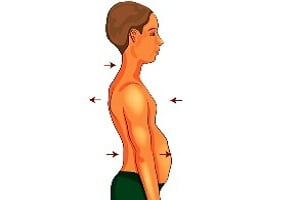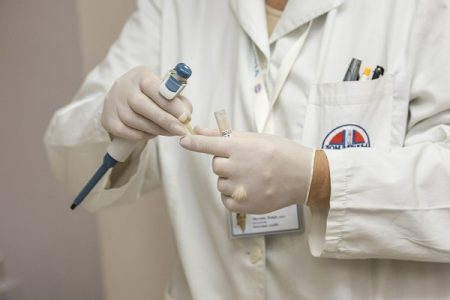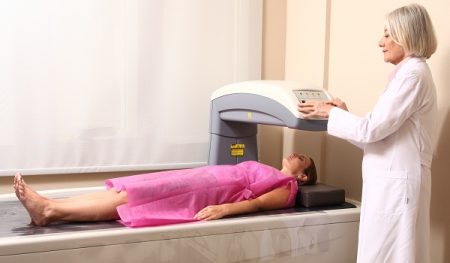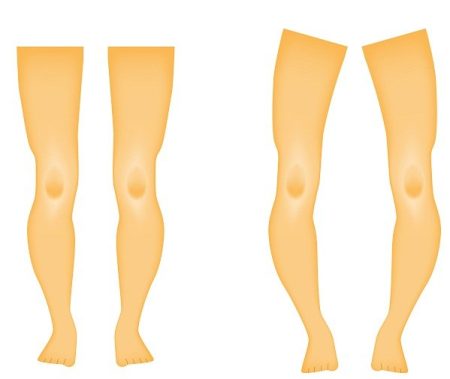Rickets in the Twenty-First Century: Current State and Future Directions
- Updated on: Jul 24, 2024
- 3 min Read
- Published on Dec 14, 2018

What is rickets?
Rickets is a bone deformity which occurs due to de-mineralization in a growing bone. Rickets mainly occur due to nutritional shortage but its occurrence can also be related to genetics, renal disease, etc. It is estimated that rickets is a more common complication in developing countries but it is still a prevalent problem in developed countries too. Rickets was, for the first time, reported in mid 1600s.
Deficiency of calcium and vitamin D, both, leads to rickets. Lack of vitamin D plays an important role in the pathogenesis of this disease but calcium deficiency and some genetic factors may also contribute to the development of rickets. Several environmental factors also fuel the progression of rickets. Vitamin D deficiency not only leads to rickets but several other diseases such as osteoporosis, etc. Researchers in mid-1800s found that sunlight was effective in treating rickets.
Rickets and its influence on the current scenario
Rickets results from the severe deficiency of vitamin D. Some scientists say that it is coming back in the 21st century. In mid 1900s, there were innumerable programs which focused on overcoming the deficiency of vitamin D. Children were given cod liver (fish) oil which is a good source of vitamin D. At that time, total number of cases reduced to minimum. But, now, current studies and estimated results have shown that the number of cases is increasing which cannot be ignored.
An estimate suggests that since 1995 to 2011, the number of cases of rickets increased from 180 to more than 750. In last 20 years, many surveys were conducted to find the exact cause of rickets. These studies also revealed that the causes of rickets are dependent on geographical scenarios of the world also among other factors. For example, calcium deficiency leads to rickets in Africa and some parts of tropical Asia due to lack malnutrition often. In Europe and North America, rickets is prevalent due to deficiency of vitamin D due to lack of sunlight, etc.
In the United States, researchers believe that the current situation regarding deficiency of vitamin D which leads to rickets in children reflects certain problems such as lack of biological data to find accurate measures to treat rickets (on the basis of racial relevance and by studying relationship of vitamin D to other health conditions), lack of evidence about the functional effects of low circulating concentrations of vitamin D on bone health and other bodily systems, and having no knowledge about public health system, etc.
Future Prospects in treating Rickets
Researchers say that future research for rickets will benefit problems such as bone fragility and infant mortality. Screening methods are to be improved to reduce the number of cases to minimum.
In a recent study, it was found that ultraviolet LEDs (from different sources) at different wavelengths can act as a great source of Vitamin D too. With this research, the risk of skin melanoma (caused by other ultraviolet rays) is also expected to become low.
New findings provide evidence that required amount of vitamin D intake varies from country to country. Studies and clinical data suggest that recommended intake of vitamin D supplements also depends on the age group and other environment factors. Mostly, it is 5-50 µg/d, corresponding to 200-2000 IU/d).
Another study predicted that the gene which controls bone-to-fat ratio in bone marrow can be helpful in finding a way for new therapies to treat osteoporosis or bone deformities. The new research can be very beneficial in future for rickets in children, or for slowing down the process of skeletal aging and in maintaining the bone-to-fat balance.
An analysis by the Vitamin D council, in 2016, estimated that around 1 billion individuals worldwide are vitamin D deficit and are at a higher risk of acquiring bone disease in the near future. Therefore, preventive measures should be taken to avoid calcium and vitamin D deficiency.
How do people with rickets feel?
Many caregivers (especially parents) explained their grief that how devastated they felt when they realized that their children could not run or cannot even walk properly. Correcting surgery is the final treatment for many such children. Many children have recovered their legs through this treatment and feel blessed.
We spoke to a patient with rickets and she explained that it had affected her ribs, forearms, teeth, lower legs, feet and wrists. The patient felt no bowing in her legs, some boney abnormalities under knees, no arches in feet or ankles, etc. There were also patients who stated that they experienced excruciating pain in bones of hips, back or legs during sleep.
Several patients stated that they went through muscle spasms, or formation of lumps in legs, under the collar bones and upper arms and numbness in the feet. Some patients also complained tiredness, depression, suicidal thoughts, frequent urination, etc.












